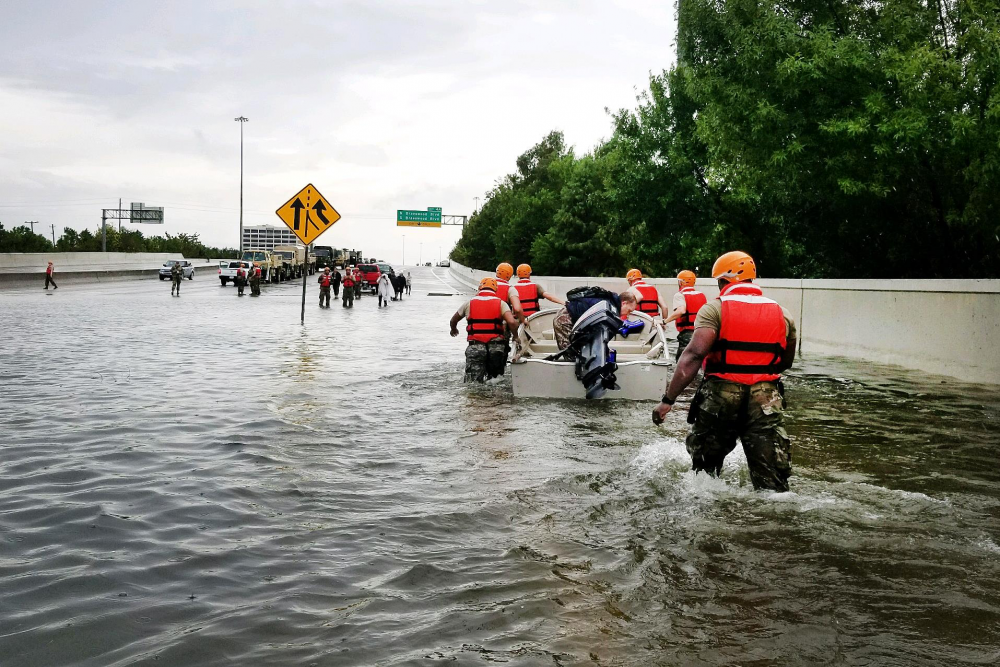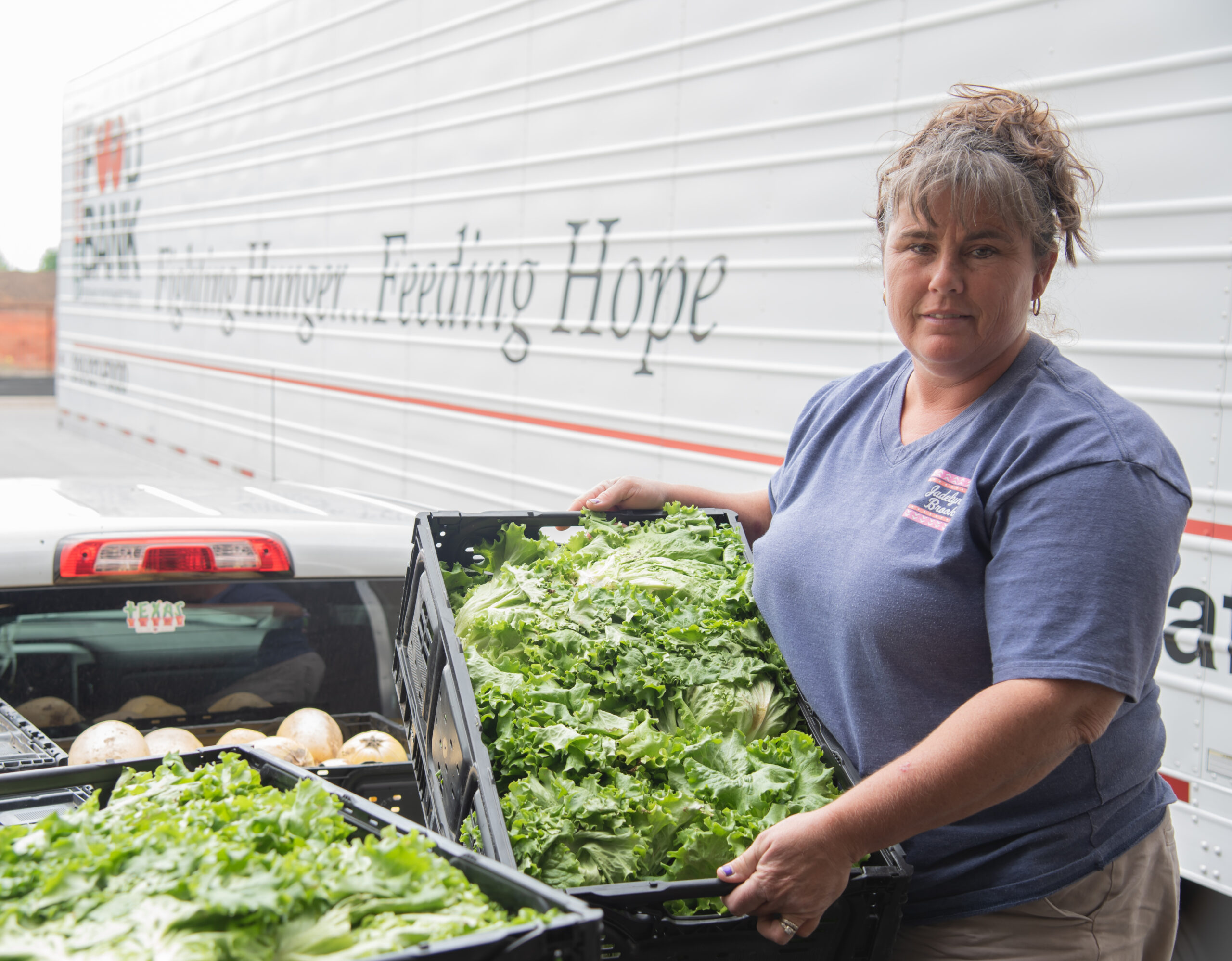Two ways to take your disaster philanthropy to the next level
At the Center for Disaster Philanthropy (CDP) we have the privilege of working in a 1-to-1 fashion with clients seeking to improve or refine their disaster grantmaking. I say privilege because getting to work closely with a client, and learning about their organization, priorities and needs is incredibly rewarding work. Every client engagement differs, based […]

At the Center for Disaster Philanthropy (CDP) we have the privilege of working in a 1-to-1 fashion with clients seeking to improve or refine their disaster grantmaking. I say privilege because getting to work closely with a client, and learning about their organization, priorities and needs is incredibly rewarding work.
Every client engagement differs, based on the entity’s size, mission, focus areas, geographic reach and other factors. Yet, similar themes emerge in the types of recommended practices that best serve operational nongovernmental organizations (NGOs) that work on disasters around the globe.
Two practices to meet today’s and future challenges
Philanthropy, of all stripes, is changing to meet current and emerging needs. Climate change, racial reckoning, the pandemic and disaster events that just.won’t.stop are driving the entire sector to DO BETTER. My goal in outlining these two approaches below is to offer two options for upping your disaster philanthropy practice.
1) Engage in multi-year relationships with grantees. Commit to funding an organization based on the alignment of their organizational mission and ethos with your institutional mission and funding priorities.
When you fund an organization for disaster recovery efforts, regardless of whether a headline disaster (e.g. Harvey, Irma, Maria) occurs in a given year, you give the organization the power to attend to disasters that perhaps receive no funding or media attention.
How to operationalize this practice you ask? Easy! Simply work with a prospective grantee partner to determine the most simple parameters of the relationship (goals, activities, outcomes and amount of funding), make the pledge and allocate the first tranche of funding.
I reached out to Sarah Cotton Nelson, chief philanthropy officer at the Communities Foundation of Texas, and here is her endorsement for the practice outlined above:
“If organizations are to be ready to respond to any situation that emerges overnight, they have to have the monetary support of individuals and foundations behind them already in-house so that they can hit the GO button on response heartily and heavily. It is those resources they already have on hand that are the ones that make for the most nimble and appropriate disaster of response. When an organization has to rely solely on the funds that come in as a disaster is happening, their responsiveness and effectiveness is significantly hampered.”
2) Annually pre-position dollars with operational NGOs or with one of CDP’s many Recovery Funds. The benefits of pre-positioning funds allows NGOs to plan and prepare well before an event, and, like the first practice, these funds enable a disaster-serving organization to attend to low-attention and under-resourced events, ultimately better meeting the needs of their community.
Simultaneously, this practice allows funders to plan and prepare too! This approach facilitates easy budget management, reporting schedules, board communications, grantee engagement and stewardship.
A slightly alternative approach to this practice was previously in place at the San Francisco Foundation. They had memorandums of understanding with local nonprofit organizations well in advance of a disaster event. These NGOs knew that they would be made available by the foundation in the aftermath of an event. So, the monies were not pre-positioned, but rather, pre-promised.
I reached out to Patty McIlreavy, CDP’s president and CEO, for her take on pre-positioning funds. With her long humanitarian assistance career, working on the ground in incredibly complex environments, I wanted to get her opinion on the value of pre-positioned funds. She was clear about the benefits of this practice, saying, “Pre-positioned (and flexible) funds allow emergency staff to provide for urgent immediate needs, thus giving them time to work with affected communities to identify and design effective longer-term program approaches.” This approach is clearly effective.
On the operational side, the benefit of the two recommendations outlined above mean that NGOs can plan and prepare, to better respond to the needs of disaster-affected communities, and to bring the programmatic decision-making power down to the organizational level.
As it relates to how these two approaches benefit philanthropy, the answer is remarkably similar to the NGOs benefits. These benefits include planning and preparation along with increased channels of communication and visibility on how the grantee partner relationship will play out.
I’ll close where I started – philanthropy is in a rapidly changing time, requiring us to be better than ever when it comes to funding organizations that serve historically marginalized communities. Try one of the two practices on for size and let me know how they work for you, your organization and your grantee partners!
More like this

How American Households Responded to Disasters

